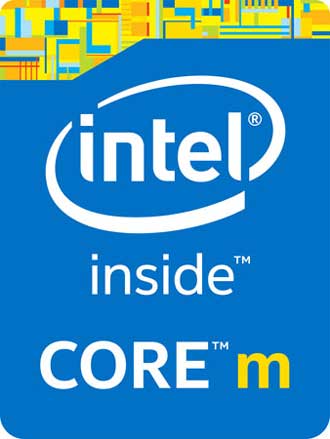 Intel has taken the wraps off its first 14nm processor, the Core M at the CES show in Las Vegas.
Intel has taken the wraps off its first 14nm processor, the Core M at the CES show in Las Vegas.
The CPU is designed for the ultramobile, low-power market and is an SoC die shrink of the existing architecture.
Where it does something interesting is on the GPU side with shedloads of improvements and advances,
The video decoder block has been beefed up with dual bit stream decoders, we are expecting to see other improvements but Intel has been quiet on exactly what it has tweaked and changed to date.
Intel does appear to have clear ground ahead of it. TSMC’s 20nm is only a slight improvement on die size and power consumption, Intel’s new Broadwell cores are 37 percent smaller.
What is odd, is that although more than half the chip seems dedicated to its GPU, Intel has made no announcement about supporting Direct X12. Nvidia and AMD has announced full DX12 support for their various current hardware,
Intel claims its new chip can boost battery life by 1.5 hours, speed video conversions, and offer a whopping 22 percent improvement to 3D performance. It has been a while that we have seen a significant productivity jump and we were not expecting to see much in the way of improved CPU performance from this chip anyway.
We are expecting Intel to announce the shipment of its Cherry Trail platform today too. This is the 14nm Bay Trail die shrink that’s been on the roadmap for a little while and is not really news. What is strange is how Intel has been quiet about the specifics of Cherry Trail so far. We have no benchmarks, statistics, or anything.
This is odd given Intel’s commitment to tablets and that pushing the Atom down to 14nm is a significant achievement. It should mean some performance gains and it is not clear why Chipzilla is not trumpeting it more.





